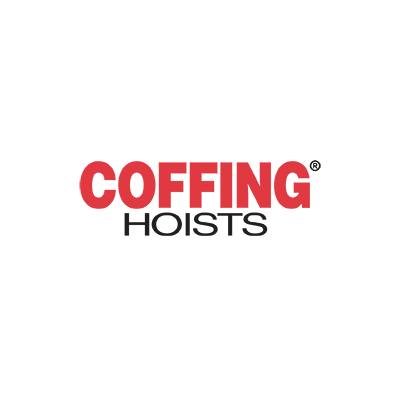Overhead cranes are a type of lifting equipment used to move heavy loads in industrial settings such as manufacturing plants, construction sites, and warehouses. They are made up of several key components that work together to lift and move loads with a high degree of precision and control.
Bridge: The bridge is the main horizontal beam that spans the width of the building and supports the hoist and trolley. It is typically supported by two or more end trucks that travel along a runway or rail system.
End Trucks: End trucks are located at each end of the bridge and support the wheels or rollers that run along the runway or rail system. They are typically powered by electricity or air and are designed to provide a smooth and controlled motion of the crane.
Hoist: The hoist is the lifting mechanism that is used to raise and lower the load. It can be powered by electricity, air, or hydraulics and typically consists of a motor, a gearbox, and a lifting mechanism such as a chain or wire rope.
Trolley: The trolley is the component that moves along the bridge and supports the hoist. It is typically powered by electricity or air and is designed to provide a smooth and controlled motion of the hoist.
Runway: The runway is the track or rail system that supports the bridge and end trucks. It is typically mounted onto the ceiling or overhead structure of the building and provides a wide range of motion for lifting and moving heavy loads.
Controls: The controls are the devices that are used to operate the crane. They can include push-button pendant controls, remote control devices, or automated systems that can be programmed to lift and move loads with a high degree of precision.
Overall, the components of an overhead crane work together to provide a flexible and efficient lifting solution for a wide range of industrial applications. They can be customized to meet the specific needs of a particular operation and are designed to maximize productivity and safety while minimizing downtime and maintenance costs. Understanding the components of an overhead crane is essential to ensure that the lifting operation is safe, efficient, and cost-effective.





